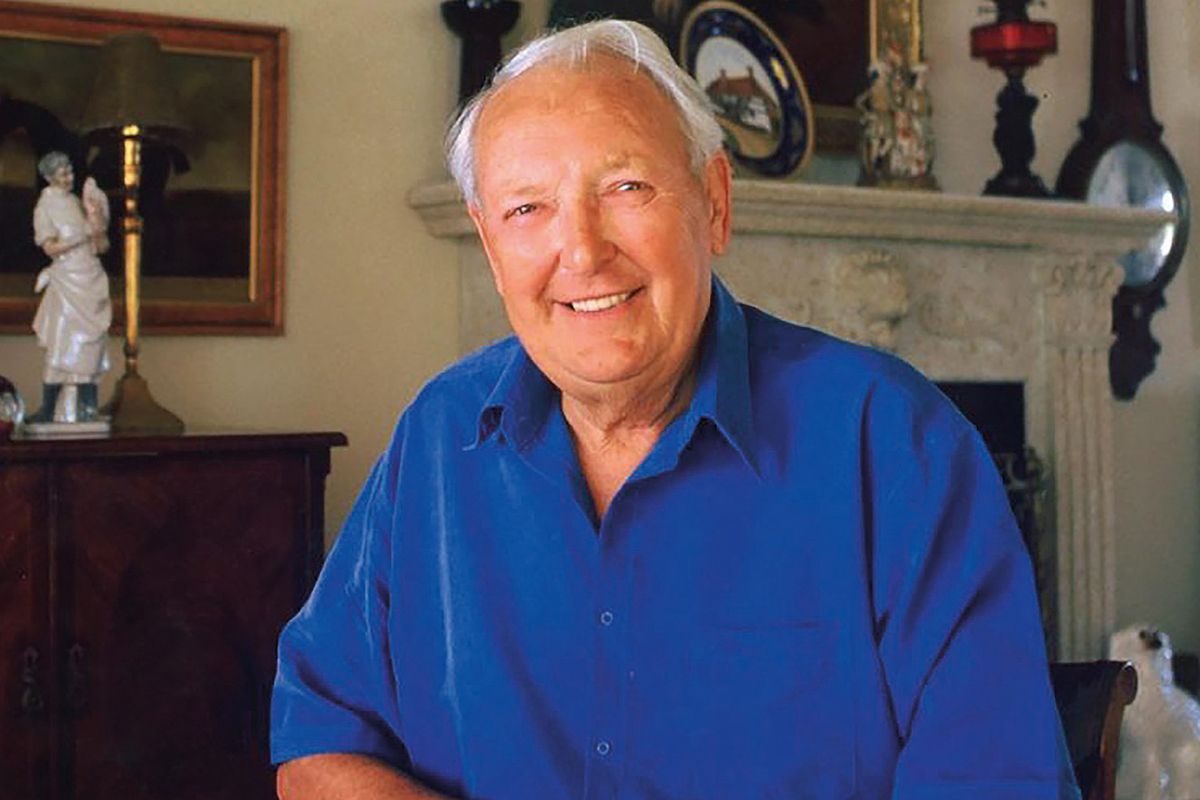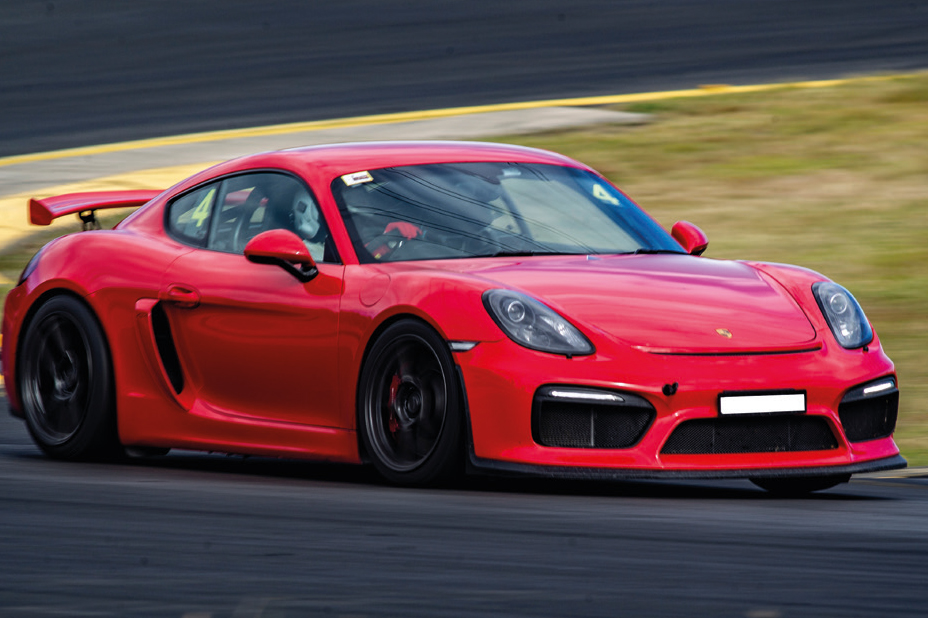
Immediately post-pandemic, it Is low-cost carriers (LCCs) who have been slowly but surely emerging from their enforced hibernation to start taking people to their far-away destinations.
Platinum looks back on a businessman, born 100 years ago this month, who ventured into the commercial aviation business with a view to making it available to all – Sir Freddie Laker. By Alan Wares
Freddie was an entrepreneur, and businessman and a dreamer. His whole working life had been in the field of aviation. Born Frederick Alfred Laker in Canterbury, Kent on August 6th 1922, he was a member of the Air Transport Auxiliary (ATA) from 1941 to 1946.
The ATA were effectively the hive workers who ferried aircraft parts from factory to assembly plant to delivery points to maintenance units to scrapyards to active service squadrons and airfields.
Commercial flights
Immediately post-war, he borrowed enough money to start a company – Aviation Traders - based on the workings of the ATA. The Berlin airlift of 1948-49 meant his company flourished in all the extra airborne activity. In some instances, Laker flew the aircraft himself.
Following his launch, operation and ultimate sale of ‘Channel Air Bridge’ from 1954 to 1960, Laker found himself as chair of British United Airlines. He remained in this position until 1965, when he quit to form the company – and become the disruptor he would be remembered as – that would ultimately make his name.
In 1966, he formed Laker Airways, his third business venture. Initially, the company was a charter airline and tour operator. British airline regulations at the time required that charter-based low-price air travel be sold to the public only as a component of an air-hotel package.
Almost all of the tips and tricks employed by low-cost airlines nowadays to save money for the company were almost certainly brought in by Laker.
He introduced a lower weight limit for baggage, (40lb from 44lb); each aircraft flew carrying fewer passengers than it could hold. Additionally, he also encouraged flight crews to climb faster to their cruising heights using the same power by tuning into other aircraft to see what rate of climb they were using. All of these tweaks to each flight helped the company to reduce fuel consumption during one of the most fuel-intensive flight phases as well as reduce the engines’ wear and tear. Standard stuff now; innovative back then.
In 1971, Laker started – or attempted to start – his now-famous ‘Skytrain’ service. This was the start of a decade-long business war between the airline, rival airlines and the aviation authorities in the UK and US to gain approval for a ‘low-cost, no frills’ transatlantic service between London and New York. Each single flight was intended to cost £32.50 one-way in winter and £37.50 in summer. That was ridiculously low, even for 1971 prices.
In 1973, de-regulations on US aviation meant the Skytrain was able to operate across the Atlantic, albeit via ‘Advanced Booking Charters’ (ABC) only. This meant you couldn’t just wander up and pay for a seat there and then. However, the flight experience Laker was able to offer – as well as the price – meant that his airline became the market leader in trans-Atlantic ABC flights.
By 1976, Laker finally had Skytrain, his daily, low-cost transatlantic shuttle, operating between London and New York. So successful was his operation, he was knighted in recognition of his services to the airline industry.
Small fry
However, at every turn during the 1970s, Laker was thwarted by the UK’s Civil Aviation Authority (CAA), and their counterparts across the world, who sought to favour their own flag-carrier, amid fears of Laker’s pricing structure under-cutting all other airlines.
For example, he made several representations to the Australian authorities, who persistently shut him out, mostly thanks to the lobbying of Qantas.
Similarly, the CAA squeezed Laker out when it tried to get licences for routes between London and Hong Kong. It eventually took, at one stage, UK government intervention for Laker to be able to operate this route, overturning the CAA’s blackballing of his airline.
Trouble and bankruptcy
Many things went against Freddie Laker’s enterprise, including his own high risk business model, but the straw which finally broke the camel’s back was the recession of 1981 being felt in both the UK and the US. His business model – low-cost – meant that he was always going to be up against it. He was the sole financier of his company, and he had nowhere to turn to when problems arose.
As the company’s financial problems grew, with dwindling passenger numbers, Laker declared himself bankrupt on February 6th 1982, with debts of £270m; the biggest corporate business failure at that time.
Sir Freddie sued a number of IATA member airlines, including more than one national carrier, for conspiracy to put his airline out of business by predatory pricing. They ultimately settled out of court for US$50m (around £35.7m at the time). British Airways reached a separate out-of-court agreement with Sir Freddie personally for £8 million. In July 1985, BA agreed to contribute an additional $35 million (about £20.7 m) on top of its earlier out-of-court agreement with Sir Freddie.
The final settlement by all parties enabled Sir Freddie to pay off his outstanding debts, and paved the way for BA to be able to proceed with its own privatisation.
Sir Freddie endeavoured to get back into the trans-atlantic market with a couple more attempts through the 1980s and 1990s, but by 2005, all Laker operations had ceased, and the Laker company itself . He died in Florida in on February 9th 2006, at the age of 83.
Laker’s legacy
According to Sir Richard Branson, Sir Freddie Laker was both an inspiration and a cautionary tale when Virgin Atlantic set about deciding its long-term strategy. Laker is remembered by Branson for his advice to him, and to Stelios Haji-Ionnou of easyJet. “Sue the bastards”, he said without fanfare; his response to the bullying tactics of companies like British Airways who were trying to ruin him.
Virgin Atlantic named one of its aircraft. The Spirit of Sir Freddie. Malaysia’s own LCC, AirAsia X named its first Airbus 330 Semangat Sir Freddie in homage to the pioneer of ‘no-frills’ air travel. His portrait also graced the tail fin of one of Norwegian Airlines’ Boeing 737s when it was delivered in 2017. Laker is one of the company’s five ‘British tail fin heroes.’
Aviation magazine ‘Inside Flyer’ created the Freddie Awards to honour Freddie Laker’s accomplishments in marketing travel. The awards recognise excellence in frequent traveller awards programmes.
The ‘Freddies’ individual categories are Best Award, Best Bonus, Best Affinity Credit Card, Best Newsletter/Member Communications, Best Website, Best Customer Service, Best Award Redemption, Best Elite Level and Programme of the Year.
When the new London Southend Airport passenger terminal was opened in 2012, it came replete with Laker’s Bar, featuring a montage of Laker and his airline across the walls.
The future of low-cost flying
Unlike Laker, the vast majority of low-cost airlines limited themselves to short and mid-range flights, and ignored the long-haul market. Almost all attempts to enter the long-haul market with a low-cost model ended within a couple of years in either withdrawal or bankruptcy. Until now, anyway, and even that is a bit of toe-dip.
In the wake of the pandemic, others are looking to have another go, with more optimism that it may well pay off this time.
The pandemic, the ultimate business disruptor, led to most aircraft not taking off, resulting in airlines cancelling orders from lessors. With surplus aircraft to lease, lessors started offering their planes on a pay-per-fly basis; or ‘power by the hour’ contracts. Basically, carriers only paying for an aircraft while they’re flying it.
Airlines want their aircraft flying; making money. But with such business models, not flying a plane is less of an issue for carriers. In addition to the models becoming available to low-cost airlines, such airlines have also been able to lock in more favourable lease costs.
This positivity does come with future caveats. Some markets are getting closer to a recovery at least in terms of capacity and demand, but price, on the other hand, is still a major consideration.
There is a genuine risk of the concept of ‘low-cost’ needing to be re-evaluated as commercial pressures bear down on the industry. Rising fuel costs, inflationary pressures, environmental charges, together with the back costs of the pandemic itself in the form of airport and air traffic control fees will all lead to airlines needing to raise their ticket prices; there is simply no way they can absorb all of those costs.
In terms of the environmental consideration, airlines are being asked to clean up their act – literally. The next challenge, for the entire aviation sector, will be to make the aircraft far less polluting than they are now.
There is also the circular argument of new destinations meaning more runways and hubs, which in turn means more pollution, and this sets another challenge to the industry. However, if the history of the aviation sector has taught us one thing, there is always creativity seeking to rectify future issues – provided everyone gets onboard. Watch this space.
One can envisage now the ghost of Sir Freddie licking his lips at such challenges.
Low cost carriers nowadays continue to learn the lessons of Laker’s audacious enterprises – the successes and the failures – and have tweaked their own business models to suit passenger demand, rather than Laker’s attempts to create it.
But little of this spark and creativity within the industry would be present today without the inventive imagination, chutzpah and guile of Sir Freddie Laker, getting there first to set down the markers for others to follow.


